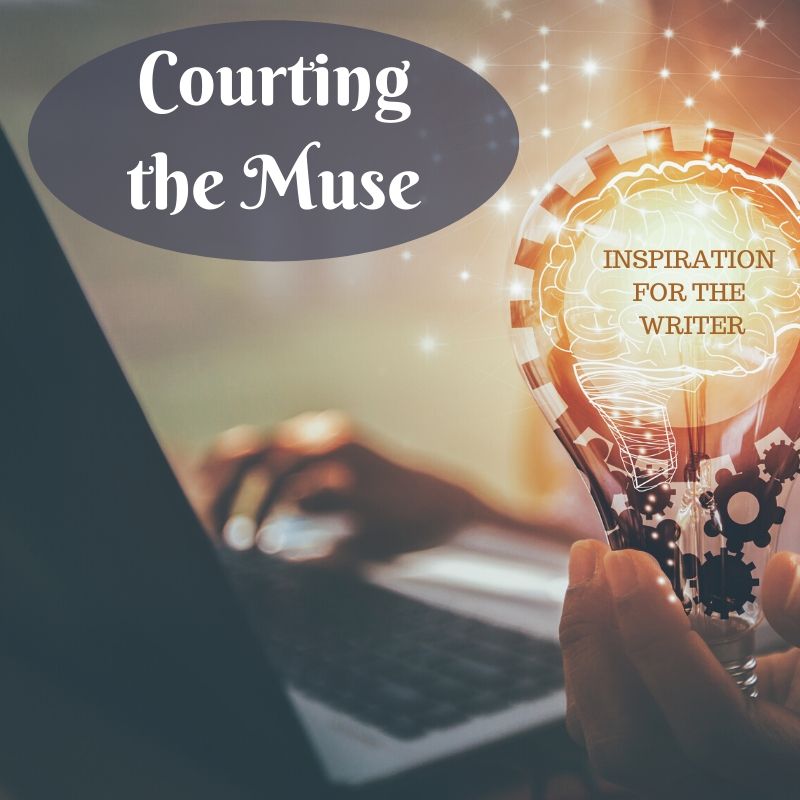Whether your novel closes on a cyclone-worthy twist, or a conclusion as warm and satisfying as homemade pie, you’ll need a solid plot to guide you as you write your way to that ending. Of course, coming up with one is easier said than done.
You might have your major plot points all lined up, but maneuvering your cast from one scene to the next doesn’t always mean smooth sailing. You need the plot to advance, but there’s so much more to think about. Is your protagonist’s growth coming through? Are your themes subtle and multilayered, or just clear as mud?
When you’re stuck on questions like these, it’s helpful to step beyond the world of your own manuscript and do a little outside reading for inspiration. Of course, you can look at how the greats in your genre have plotted their masterworks. But there’s another kind of book that just might give you the Eureka moment you’re seeking: poetry collections.
Poetry collections are plotless. But they’re also highly curated and intentionally ordered, without a verse out of place. Taking inspiration from their structure can help you plot a story that satisfies. Here are three crucial lessons to take away from them.
1. Think about the reader’s experience.
Poetry collections are often organized with the reader’s experience in mind, attending to their emotional and intellectual needs. That could entail interspersing two devastating pieces on grief with something more hopeful in tone. Or it might mean mixing in some lighter works with dense, allusive poems that require substantial thought to appreciate.
Let this reader-focused approach guide you as you assemble your chain of events. If you’ve placed a lot of tearjerker scenes early on, for instance, you’ll risk having your audience all cried out before the climax. Alternatively, you might be subjecting them to information overload — forcing them to juggle too many names and too much backstory before the action kicks off.
2. You might have to cut beautifully written scenes.
What makes a poetry collection difference from a bunch of poems bound together? Cohesion. A seasoned poet is wise enough to leave out any piece that doesn’t fit with the rest — even if it won them their latest Pushcart.
This sort of strictness will serve you well too. As writers, we’re often told to kill our darlings, setting sentiment aside and subjecting the lines we’re proudest of to revision’s red pen. That generally means excising an elegant but distracting metaphor. But it can also apply to entire scenes.
A scene might be gorgeously written, showcasing the most stylish prose in your entire book. But what if it feels out of place, or doesn’t serve a purpose beyond mere beauty? File it away and save it for a companion short story (or perhaps a sequel).
3. Give each chapter a shadow title.
Speaking of every section serving a purpose, here’s a poetry-inspired trick to make sure each chapter you write pulls its narrative weight. Each poem within a collection tends to have a title. That’s generally not the case for novel chapters (unless you’re writing for a middle-grade audience). But try to give each of your chapters a title anyway — for your eyes only.
Formulating these “shadow titles” help you distill each chapter down to its essentials: its key takeaway, its place in the overall structure of the book. It can also help you spot any outliers that should perhaps be reworked — or even removed. Say, for instance, you’ve come up with Friends-style titles for most of your chapters — “The One Where Iris Finds the Amulet”, “The One Where Jeff Dies”— but you have one that you can only call “The Sunset”. That might be a sign that it’s out of sync with the rest of the book.
By examining how every chapter works within the structure of your book, you’ll be able to deliver a satisfying story — and keep your readers hanging onto your every word. After all the work you’ve put into shaping your plot, that’s exactly what you deserve.

Lucia Tang is a writer for Reedsy, a marketplace that connects self-publishing authors with the book industry’s best editors, designers, and marketers. To work on the site’s free historical character name generators, she draws on her knowledge of Chinese, Latin, and Old Irish — learned as a PhD candidate in history at UC Berkeley. You can read more of her work on the Reedsy Discovery blog, or follow her on Twitter at @lqtang.






No Comments